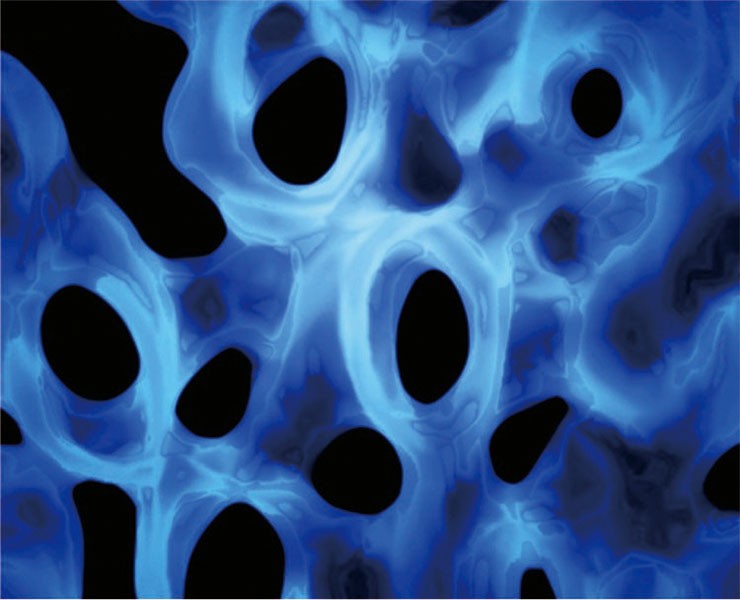Nano Research ( IF 9.5 ) Pub Date : 2018-05-22 , DOI: 10.1007/s12274-018-2004-1 Zhiqiang Luo 1 , Dara E Weiss 2 , Qingyun Liu 1 , Bozhi Tian 2, 3, 4
Bio-integrated materials and devices can blur the interfaces between living and artificial systems. Microfluidics, bioelectronics, and engineered nanostructures, with close interactions with biology at the cellular or tissue levels, have already yielded a spectrum of new applications. Many new designs emerge, including of organ-on-a-chip systems, biodegradable implants, electroceutical devices, minimally invasive neuro-prosthetic tools, and soft robotics. In this review, we highlight a few recent advances of the fabrication and application of smart bio-hybrid systems, with a particular emphasis on the three-dimensional (3D) bio-integrated devices that mimic the 3D feature of tissue scaffolds. Moreover,neurons integrated with engineered nanostructures for wireless neuromodulation and dynamic neural output are briefly discussed. We also discuss the progress in the construction of cell-enabled soft robotics, where a tight coupling of the synthetic and biological parts is crucial for efficient function. Finally, we summarize the approaches for enhancing bio-integration with biomimetic micro- and nanostructures.

中文翻译:

智能生物混合系统的仿生方法
生物集成材料和设备可以模糊生命系统和人工系统之间的界面。微流体、生物电子学和工程纳米结构在细胞或组织水平上与生物学密切相互作用,已经产生了一系列新的应用。许多新的设计出现,包括器官芯片系统、可生物降解的植入物、电子设备、微创神经修复工具和软机器人。在这篇综述中,我们重点介绍了智能生物混合系统的制造和应用的一些最新进展,特别强调了模仿组织支架 3D 特征的三维 (3D) 生物集成设备。此外,还简要讨论了与工程纳米结构集成的神经元,用于无线神经调节和动态神经输出。我们还讨论了细胞驱动的软机器人的构建进展,其中合成部件和生物部件的紧密耦合对于高效功能至关重要。最后,我们总结了利用仿生微纳米结构增强生物整合的方法。












































 京公网安备 11010802027423号
京公网安备 11010802027423号